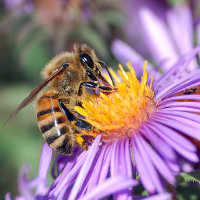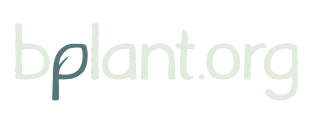Home » Regions » North America » Northern Forests » Boreal Plain
Boreal Plain
Last updated: April 9th, 2025
To check where a specific point lies, you can look it up in our Ecoregion Locator.
↑Map Legend & Subregion List
This list will help you navigate the regions in case you have problems with viewing or clicking the interactive map above.
| Name | † | Color on Map | CEC Code‡ |
| Mid-Boreal Uplands and Peace-Wabaska Lowlands | ✓ | 5.4.1 | |
| Clear Hills and Western Alberta Uplands | ✓ | 5.4.2 | |
| Mid-Boreal Lowland and Interlake Plain | ○ | 5.4.3 |
† Status: ✓ = Complete ○ = Needs Image … = Incomplete ∅ = Stub Only
‡ This code refers to the CEC's Level 3 ecoregion codes for North America, see here.
↑Progress
Partially Complete | With Images | Complete w/ Images |
Get involved! You can help our ecoregion articles progress faster. Help us find photos of these regions. Contact us if you have any additions or corrections to any of these articles. You can also donate to support our ongoing work.
↑About the Boreal Plain
The Boreal Plains are an ecozone in Canada (corresponding to a Level II ecoregion in the US) extending westward from Lake Winnipeg in Manitoba, into much of central Alberta and Saskatchewan. This region can be seen as the northernmost extension of the Great Plains, but it is classified as part of the Northern Forests due to higher forest cover.This region consists of plains and low-lying valleys. Although rainfall is low, cold temperatures reduce evaporation and result in abundant water availability for the growth of forests as well as agricultural uses. Most of the land is covered by coniferous forest, with relatively few hardwoods. There are some lakes and wetlands, and bogs on poorly-drained sites. Fire is frequent, playing a major role in the ecosystem dynamics.
The remoteness of this area from human population centers has resulted in less resource extraction than in many parts of Canada. There is, however, extensive forestry in the area, and fire suppression and habitat fragmentation have become issues of concern.
To the north, this region opens up to the more barren Taiga Plain. To the west, it is bordered by the mountainous Western Cordillera. To the south lies the beginning of the Temperate Prairies, which are milder in temperature, but more open due to lower moisture levels. To the east lies the Softwood (Boreal) Shield, the region most similar to this one among its neighbors.
Plant Lists & In-Region Search
List Native Plants - List All Plants
Warning! This region extends outside the lower 48 US. We have only completed range maps for all plants in the lower 48 US; these lists and searches may thus have omissions for species which only occur in the portion of this region outside the lower 48 US.


